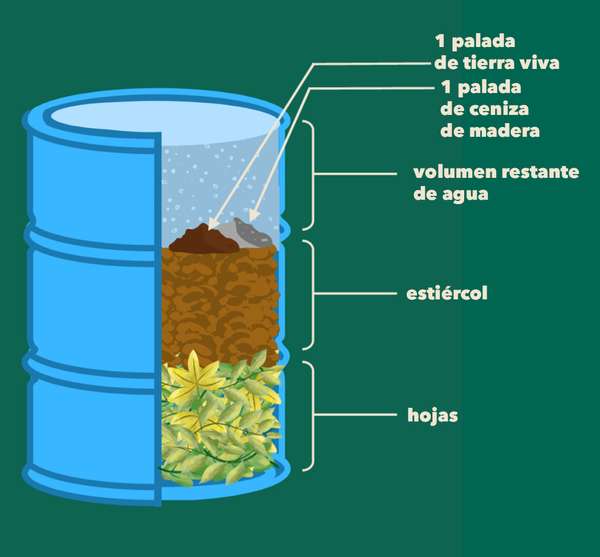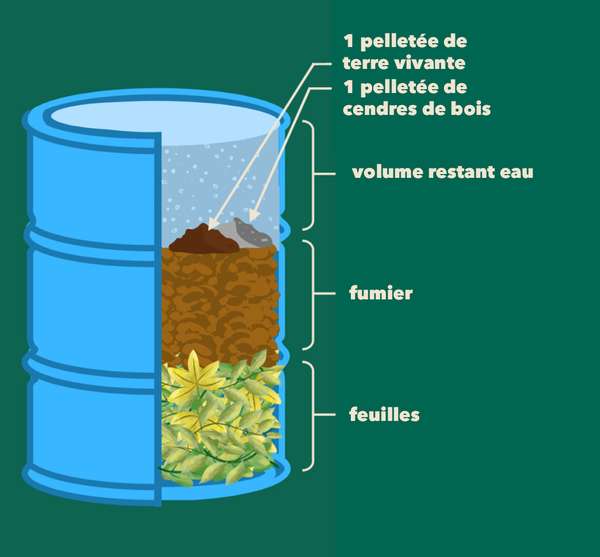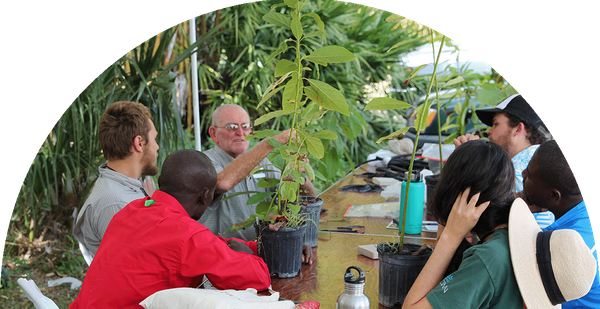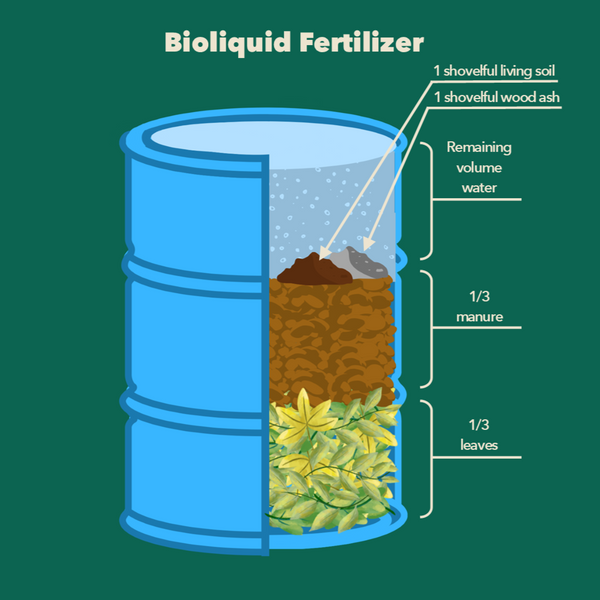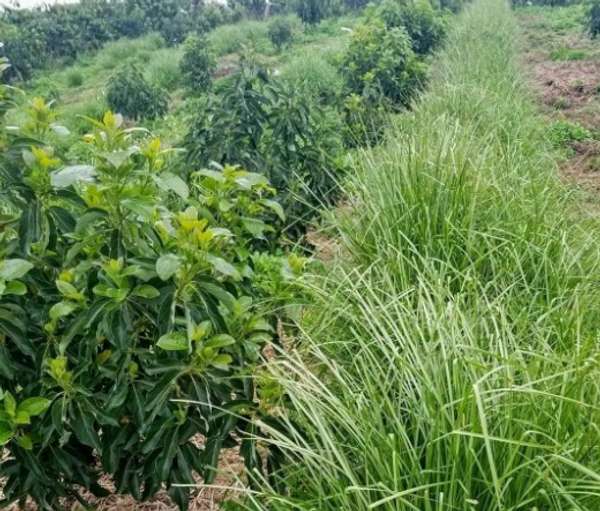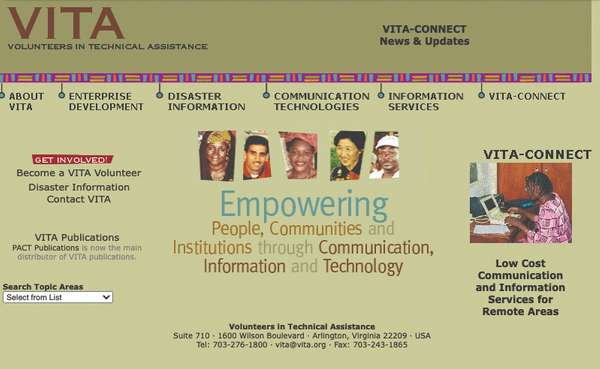ECHOcommunity更新
A new perspective on an old plow 2022-11-22
There is an ancient plow that originated thousands of years ago in the country of Ethiopia called the Maresha plow. It is not a plow like we are used to seeing and using. It is very simple, more accurately called an ard. It has a hardened steel point mounted on the end of a small sapling that extends from the earth up through a larger sapling that we would call the tongue. The small sapling then acts as a lever that an operator can use to balance the point as it is pulled through the earth by a team of oxen or donkeys managed by a separate teamster. ECHO East Africa staff looked at the Maresha plow and determined that they might be able to modify it to do two things at once as it was pulled through the earth; plow and plant. They discovered a seed dispensing mechanism that was plateless and could successfully handle a wide variety of seed sizes. The motivation for their efforts was to provide famers in Tanzania and elsewhere with a piece of equipment that would greatly improve planting efficiencies. This they accomplished very successfully and the first planters were introduced commercially to Tanzanian farmers for the 2022 growing season. The responses of farmers who used the plow/planter were very good, with one reporting that he had planted an acre of corn in four hours with two operators compared to what would have taken 15 people two days to do manually. When asked if there were any notable improvements that could be made on the piece, the response was that more precise seed placement, with the ability to plant deeper in dry conditions and more shallowly in wet would be good. And to be able to disturb the earth a bit below where the seed would be dropped and then push some loose dirt back into the opening before dropping the seed so that roots could more easily push down rather than sideways, was mentioned and a way to cut through dried up plant residue from previous crops so that they would not hang up on the point of the plow was the third challenge to consider.
written by Dale K Stoltzfus
Learn more about the Maresha plow
Latest news about the ECHOcommunity Mobile App 2022-11-15
The ECHOcommunity Mobile App (http://edn.link/ema) is freely shared in both the Apple and Android app stores to allow ECHOcommunity users worldwide to access downloadable resources in many languages. Earlier this year, the app navigation was updated to include English, French, Swahili, Thai, Central Khmer, Indonesian, Vietnamese, Chinese, and Haitian Kreyol.
The app was recently updated to accommodate new changes to the Android and iOS (Apple) systems. Changes to the Plant Records feature of the app improve the user experience when multiple Lifecycle Events of the same type are entered for a plant. Additional new features are being worked on and will be shared as available.
New users are finding their way to the app every day. Whenever new downloadable content is added to ECHOcommunity.org, that content is immediately available on the app. Thousands of videos, books, plant fact sheets, and research reports are freely available for download and sharing. Each user chooses what to download so that their local collection is customized to their needs.
The many causes of leaf curling 2022-11-08
Plant leaves curl in response to various environmental stressors. When certain pests, such as psyllids, mealybugs, and thrips, feed on a leaf it can cause leaf curling and deformation. When plants are too hot or too dry, they can also curl along the entire leaf margin. Some diseases, usually viral, also cause leaf curling. So, when you see leaves of your plants curling how do you know the cause? Below are some general guidelines:
- Leaf margins curling down, no yellowing – underwatering
- Leaf margins curling down, yellowing – overwatering
- Leaf margins curling upwards – heat or wind stress
- Leaf curling mainly in new growth and in deformed ways – often a disease or insect pest
- Middle or old leaves curling and have patchy yellowing but green veins – Magnesium deficiency
- New leaves curling and have patchy yellowing but green veins – Manganese deficiency
Triage and Recovery of Small Trees Toppled by Storms 2022-10-25
Hurricane Ian felled many trees on ECHO’s Global Demonstration farm in southwest Florida. A tree blown over by strong winds can be recovered if most of the roots remain attached to the trunk. Tim Motis shared ECHO's step-by-step process that ECHO successfully used following Hurricane Irma, and have implemented after Hurricane Ian. The process could apply to other storm-affected areas and be adapted based on available materials. You may have your own techniques and experiences with downed trees. Please share your experience, knowledge and ideas with the ECHO Community!
EDN Número 157 Disponible Ahora 2022-10-24
Temas de Relieve:
- Actualización sobre biofertilizantes líquidos
- Consideraciones para la selección de cultivos
- Ecos de nuestra red: Tithonia y líquido fermentado de neem para control de las termitas
- Del Banco de Semillas de ECHO: ‘Cayena asiática’: Un chile (ají) de suave sabor
-
Libros, sitios web y otros recursos: Nueva vida para recursos de VITA y Mapa de recomendaciones de fertilizante y semilla para África Occidental
Actualización sobre biofertilizantes líquidos
Tim Motis y Stacy Swartz
Excerpto:
El biofertilizante líquido (BLF por sus siglas en inglés; también conocido como fertilizante líquido orgánico) es popular entre la red de ECHO y pequeños productores de todo el mundo. La preparación de este fertilizante es más fácil que la de otras enmiendas en la finca, como el compost, y se adapta con facilidad. ECHO fomenta el uso de opciones de abono y plantas disponibles en el ámbito local. Al reconocer la necesidad de información sobre la composición de nutrientes del BLF, nosotros (el personal de ECHO en Florida) creamos dos formulaciones de BLF y las muestreamos durante un período de tiempo para analizar los nutrientes. Este artículo resume nuestros resultados, que arrojan luz sobre cuándo aplicar BLF y las cantidades de nutrientes con y sin estiércol.
EDN Numéro 157 Maintenant disponible 2022-10-24
Sommaire:
- Le point sur l’engrais bioliquide
- Considérations sur la sélection des cultures
- Échos de notre réseau: Liquide fermenté de Tithonia et de neem pour lutter contre les termites
- De la Banque de semences de ECHO: «Asia Cayenne»: Un piment au goût doux
- Livres, sites Web et autres ressources: Ressources VITA réactivées revived et La carte de recommandations d’engrais et de semences pour l’Afrique de l’Ouest
Le point sur l’engrais bioliquide
Tim Motis et Stacy Swartz
Extrait:
Les niveaux d’azote ont atteint leur maximum entre deux (tithonia) et trois (à base de fumier) semaines après la fabrication de l’engrais. La plupart des autres éléments nutritifs ont atteint leurs niveaux les plus élevés à la cinquième semaine. Ces tendances indiquent que le moment optimal pour appliquer l’EBL est plus précoce (2 à 3 semaines, selon la formulation) pour l’azote que pour les autres éléments nutritifs. Des facteurs tels que la température, la rigueur du mélange et la manipulation des échantillons peuvent avoir eu une incidence sur les valeurs de la teneur en éléments nutritifs au cours des semaines d’échantillonnage.
Upcoming ECHO International Agriculture Conference Sessions 2022-10-18
Walk through Biochar Production Case Studies with Barry Gutwein. There are many challenges associated with handling feedstock, controlling pyrolysis, managing the heat, and stabilizing the produced biochar. Learn how we have adapted biochar systems to a variety of countries and contexts.
Get an introduction to the practical basics of Integrated Pest Management with Annie D. Come learn the basics of entomology and insect behavior as it relates to managing insect pests in settings ranging from a home garden to a larger farm. Following an indoor presentation, we'll explore ways that we can control insects using a holistic, integrated, approach as we walk around the farm. We'll look for different insect pests and talk about ways to recognize and manage them in a holistic way.
Other Sessions include:
- Establishing Fruit Trees
- Bamboo Basics
- Teaching Survival Gardening
- Grafting
- Water Irrigation Systems
- Team Management Techniques
- Community Gardening
- Processes for Crop Selection
- Perennial Greens for Increased Nutrition
EDN #157 Now Available 2022-10-02
In this issue:
- Bioliquid Fertilizer Update
- Considerations for crop selection
- Echoes from our Network: Tithonia and neem fermented liquid for termite control
- From ECHO's Seed Bank: ‘Asia Cayenne’: A Mild-Tasting Chili Pepper
- Books, Websites, and Other Resources: VITA resources revived and The Fertilizer and Seed Recommendations Map for West Africa
Bioliquid Fertilizer Update
Tim Motis and Stacy Swartz
Excerpt:
Another factor to consider when diluting is the stage of the crop. Young seedlings are more sensitive to leaf burn caused by high salts than more established plants and therefore require more dilution (to lower the amount of BLF in relation to water) early on. Plants entering reproductive stages (flowering and fruiting) require less macronutrients than they did during vegetative stages (leaves and stem growth). After flowering, you could decrease or halt application of the fertilizer entirely.
Preview ECHO Conference Session Topics 2022-09-06
The Vetiver System:
A toolkit in support of community-led climate change adaptation.
As the globe adjusts to changing climate conditions, communities must be empowered with practical, affordable, and effective tools, as well as with the knowledge and capacity to apply and manage them. The Vetiver System offers a multipurpose toolkit of over thirty different eco-engineering applications. Jim Smyle of Vetiver Network International will share the vision of The Vetiver System and how it's changing livelihoods in the global South.
VITA resources revived on ECHOcommunity 2022-08-30
Originally published by Volunteers in Technical Assistance between 1959 and 2005, ECHOcommunity has recently rereleased 137 documents in 6 languages for the benefit of community development globally. Volunteers in Technical Assistance (VITA) started in 1959 and aligned with ECHO’s beliefs that sharing knowledge is key to lasting community development. Through the years, VITA published a wide range of practical guides and how-to’s, from a few pages to complete manuals of 200 pages and more, featuring clear instructions and easy-to-follow plans and illustrations. These useful guides cover topics such as agriculture and animal husbandry, building and construction, business, industry and crafts, communication and transportation, energy, food processing, health and nutrition, stoves, ovens and kilns, water supply, natural resources, and conservation. As businesses or organizations change over time, sometimes organizations serving in the international development space have merged with other groups or changed objectives, resulting in the loss of access to books and research that still have value today. At ECHO, we revive access to resources that might have value within the ECHOcommunity network. Research revealed that VITA had been merged with other organizations over time and that many of the historical resources were no longer readily accessible online. ICT Specialist Steve Snyder reached out to the organization and received a positive response to the idea of ECHO hosting a repository of historical VITA documents for the benefit of community development globally. In this case, an impressive collection of 137 VITA documents in 6 languages (English, French, German, Italian, Portuguese, and Spanish) have been republished. This list includes titles like:
- Understanding Evaporative Cooling,
- Candle Making,
- Understanding Pedal Power,
- Solar Water Heaters,
- Raising Chickens and Ducks, and
- Understanding Agroforestry.
View the list of VITA Resources
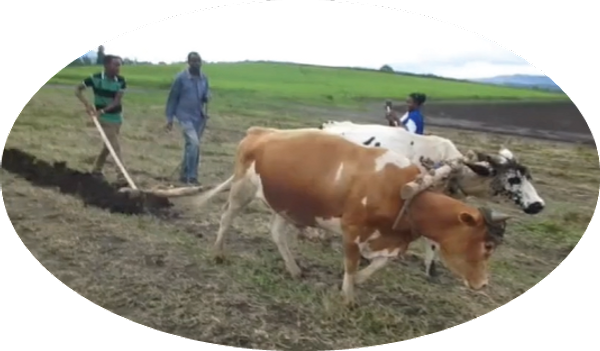

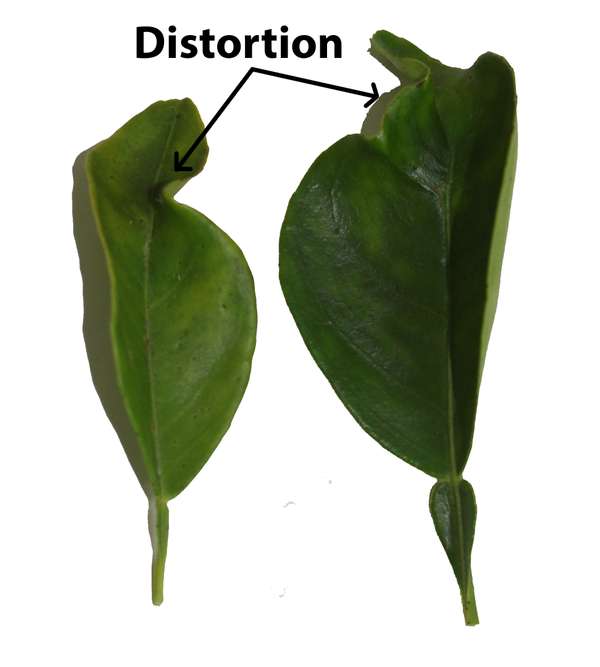
.jpeg?w=600)
